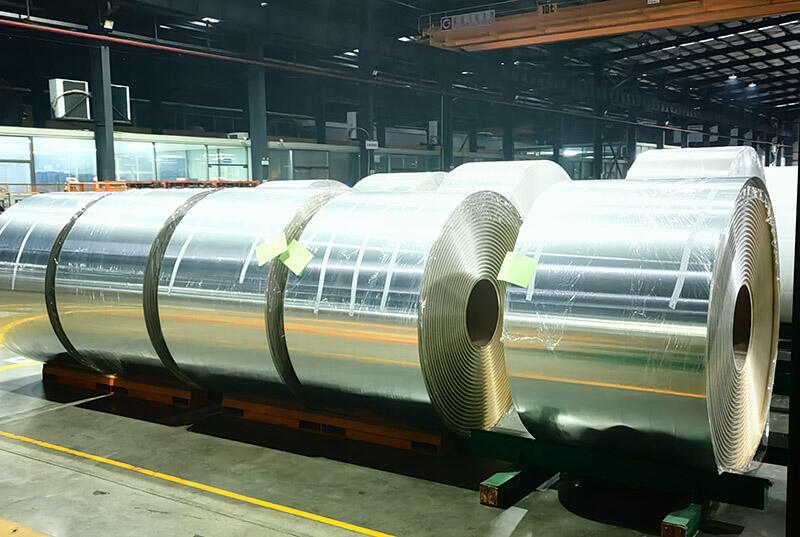Aluminum cans are ubiquitous in our daily lives, from holding our favorite beverages to preserving food items. But have you ever wondered about the intricate process behind creating these versatile containers? In this article, we will take a deep dive into the detailed manufacturing process of aluminum cans, showcasing the technological marvel and precision involved in their production.

Raw Material Sourcing
The journey of an aluminum can begins with sourcing high-quality aluminum. The raw material is typically extracted from bauxite ore, which is then refined to produce aluminum oxide. Through an electrolytic reduction process, aluminum is smelted, resulting in pure aluminum ready for manufacturing.
Aluminum Sheet Production
The purified aluminum is cast into large ingots, which are then rolled into thin sheets. These sheets are wound into coils, ready to be transformed into can bodies. The sheets undergo various quality checks to ensure they meet specific thickness and strength requirements.
Blanking and Drawing
The aluminum sheets are fed into a blanking press, which cuts out circular pieces known as "blanks." Each blank is then drawn into a shallow cup shape through a process called "drawing." This involves pulling the blank through a series of dies, gradually forming it into a cup with the desired dimensions.
Redrawing and Ironing
The shallow cups undergo a redrawing process to deepen them, followed by an ironing process. Ironing involves passing the cup through multiple rings that thin the walls and elongate the shape, resulting in a taller, thinner can body. This step ensures uniform wall thickness and structural integrity.
Trimming
Once the can body reaches the required height, the excess material is trimmed off the top to create a smooth, even edge. This is crucial for the subsequent sealing process.
Cleaning and Coating
The newly formed can bodies are cleaned thoroughly to remove any lubricants or impurities from the manufacturing process. After cleaning, the cans are coated internally with a protective lacquer to prevent any reaction between the aluminum and the contents. This coating is essential for maintaining the quality and safety of the stored products.
Printing and Decorating
The exterior of the cans is then printed with the brand's design using high-speed printing machines. This can include logos, product information, and vibrant graphics. The printing process is followed by a drying step to ensure the ink adheres properly to the aluminum surface.
Necking and Flanging
To create the characteristic shape of an aluminum can, the top portion of the can body is necked-in, reducing its diameter. This step allows the can to accommodate a standard-sized lid. A flange, or lip, is then formed around the top edge to facilitate the sealing process.
Lid Manufacturing and Seaming
The lids, or "ends," are manufactured separately from flat aluminum sheets. These sheets are stamped to create the lid shape, including the tab mechanism for easy opening. The lids are then attached to the can bodies through a process called "seaming." This involves curling and pressing the lid onto the flange, creating an airtight seal.
Quality Control
Throughout the manufacturing process, rigorous quality control measures are implemented to ensure each can meets specific standards. This includes checking for defects, verifying dimensions, and conducting pressure tests to guarantee the cans can withstand the rigors of transportation and storage.
Packaging and Distribution
Once the cans pass all quality checks, they are packaged in bulk and prepared for distribution. These cans are then shipped to beverage and food companies, ready to be filled with various products and delivered to consumers worldwide.
The manufacturing of aluminum cans is a complex and highly efficient process that combines advanced technology with meticulous craftsmanship. From raw material sourcing to the final packaging, each step is crucial in producing a durable, lightweight, and recyclable product. Understanding the intricacies of this process not only highlights the ingenuity behind everyday items but also underscores the importance of innovation and sustainability in modern manufacturing.
 Hot News
Hot News2025-05-09
2025-02-27
2024-02-29
2024-09-29
2024-09-13
2024-08-27